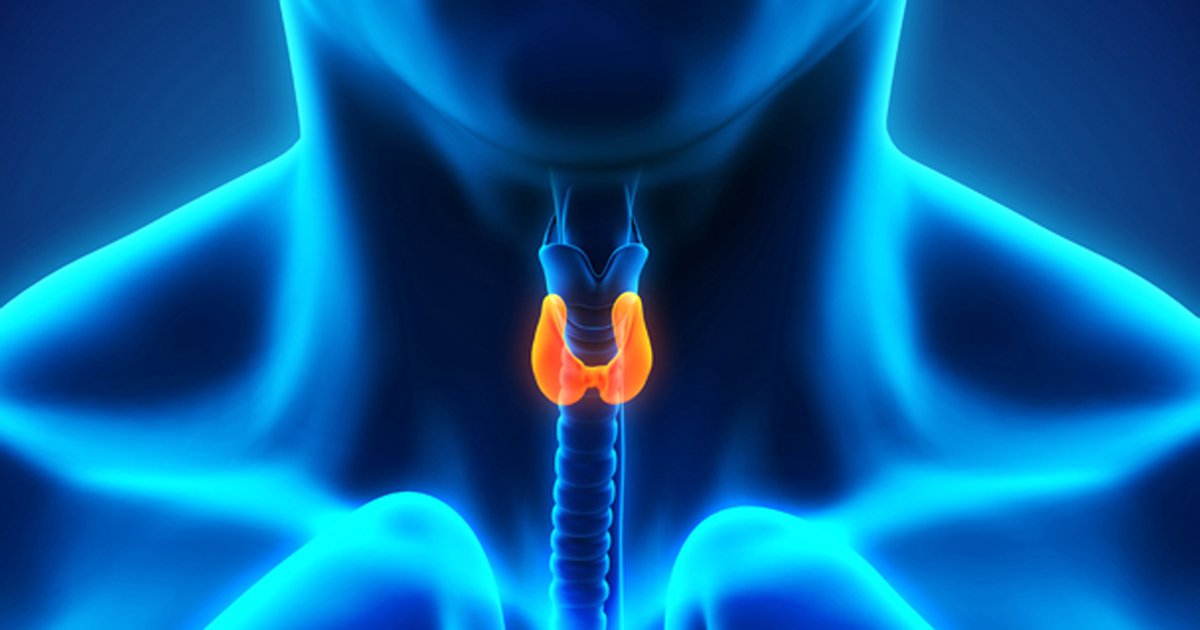Adolescent-specific thyroid reference ranges may avoid misdiagnosis

Reference ranges for thyroid function among adolescents differ substantially from those for adults, according to findings from a longitudinal analysis published in The Journal of Clinical Endocrinology & Metabolism.
“There are marked physiological changes in pituitary-thyroid axis function across adolescence, particularly in circulating thyroxine and triiodothyronine levels,” John P. Walsh, MBBS, FRACP, PhD, an endocrinologist in the department of endocrinology and diabetes at Sir Charles Gairdner Hospital and clinical professor at the University of Western Australia, told Healio. “Adult reference ranges for thyroid-stimulating hormone, free T4 and free T3 should not be applied to adolescents.”
Walsh and colleagues analyzed thyroid function among 2,869 children and adolescents participating in the Brisbane Longitudinal Twin Study at age 12, 14 and 16 years using the Abbott Architect immunoassay. Complete thyroid function data were available for 1,499 children who attended two (n = 789) or three (n = 710) visits. Researchers assessed levels of free T3, free T4, TSH and thyroid peroxidase (TPO) antibodies; children who were TPO antibody-positive (n = 128) were excluded. Researchers calculated reference ranges at age 12, 14 and 16 years as the 2.5th and 97.5th percentiles of the relevant distribution, compared those ranges with corresponding adult reference range limits using a quantile test. Longitudinal analyses using a linear mixed model were adjusted for BMI and pubertal status.

Among girls, mean free T4 increased between age 12 and 14 years by a mean of 0.3 pmol/L (P < .001), but remained unchanged for boys. From age 14 to 16 years, free T4 increased for girls by a mean of 0.42 pmol/L (P < .001) and by a mean of 0.64 pmol/L for boys (P < .001).
Free T3 increased slightly by a mean of 0.07 pmol/L for girls from age 12 to 14 years (P = .042); however, researchers observed a more marked mean increase among boys of 0.29 pmol/L (P < .001). Free T3 decreased from age 14 to 16 years by a mean of 0.53 pmol/L for girls (P < .001) and by a mean of 0.62 pmol/L for boys (P < .001).
From age 12 to 14 years, TSH did not change for girls or boys, but increased from age 14 to 16 years for girls (mean increase, 4.9%; 95% CI, 2.4-10.3) and for boys (mean increase, 7.2%; 95% CI, 3-11.6).
The researchers noted that reference ranges differed substantially from adults, particularly for free T4 and free T3.
“If adult reference ranges were applied to adolescents, the proportions misclassified would be relatively small for TSH and free T4 (approximately 5%) because of the narrower reference intervals in adolescents,” the researchers wrote. “For free T3, however, application of the adult reference range would result in substantial misclassification, particularly at age 12 and 14 [years]; for example, 35% of 12-year-old girls and 58% of 14-year-old boys would be misclassified as having elevated plasma free T3, when in fact their levels were normal for age and sex.”
Walsh said the findings suggest that laboratories should use age-specific and sex-specific reference ranges for thyroid function tests in adolescents to avoid misdiagnosis of thyroid dysfunction.
“More research is needed to understand the physiological basis of the changes we observed,” Walsh said. “Do they arise from changes in sex hormones, growth hormone/insulin-like growth factor I or other pubertal factors?” – by Regina Schaffer
For more information:
John P. Walsh, MBBS, FRACP, PhD, can be reached at the Department of Endocrinology and Diabetes, Sir Charles Gairdner Hospital, Nedlands, WA, 6009, Australia; email: john.walsh@health.wa.gov.au.
Disclosure: Abbott Diagnostics donated the assay kits used in the study.
